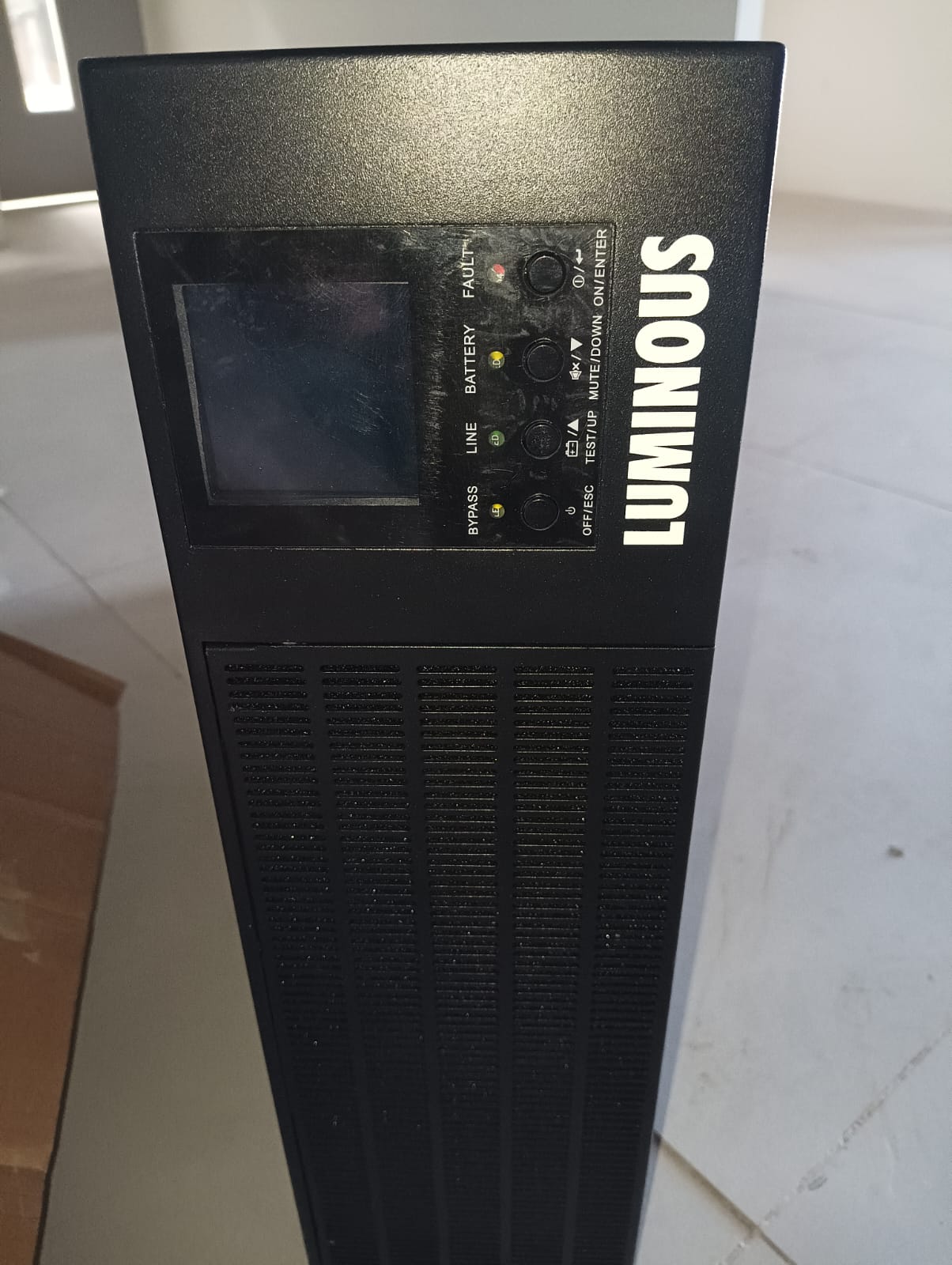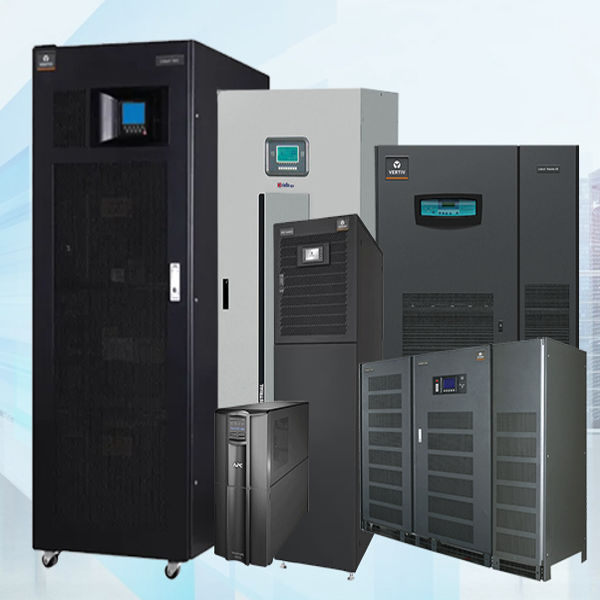The Amaron Black 12V 60Ah battery is a high-performance battery designed for various applications. Here are its specifications and features: Key Specifications: Nominal Voltage: 12 Volts Rated Capacity: 60 Ah Dimensions: 26x17.3x22.5 cm Battery Type: Lead Acid Battery Weight: Not specified Warranty: 24 Months Offsite Warranty Battery Voltage: 12 V Key Features: High Cranking Power: The battery provides high cranking power, making it suitable for applications that require high power output. Zero-Maintenance: The battery is maintenance-free, eliminating the need for regular checks and maintenance. Improved Safety: The battery is designed with improved safety features, ensuring reliable performance and safety. Long Life: The battery provides a long life, making it suitable for applications that require continuous power supply. Vibration Resistance: The battery is designed to withstand vibrations, making it suitable for applications that involve vibrations. Heat Tolerance: The battery operates within a wide temperature range, making it suitable for various environments. Product Details: Reliable and Powerful Energy Solution: The Amaron Black battery is a reliable and powerful energy solution for a wide range of applications. Compact Design: The battery has a compact design, making it suitable for applications where space is limited. High-Performance: The battery provides high-performance, making it suitable for applications that require high power output. Warranty and Support: Warranty Period: 24 months Support: Amaron provides dedicated support for its products, ensuring prompt assistance in case of any issues. Applications: Automotive Applications: The battery is suitable for automotive applications, providing reliable power supply for cars, trucks, and other vehicles. Other Applications: The battery is also suitable for other applications such as alarm systems, emergency lighting, and security systems. Reviews and Ratings: Average Rating: 4.6/5 Reviews: The battery has received positive reviews from customers, with many praising its high-performance and reliability.
Send Message







